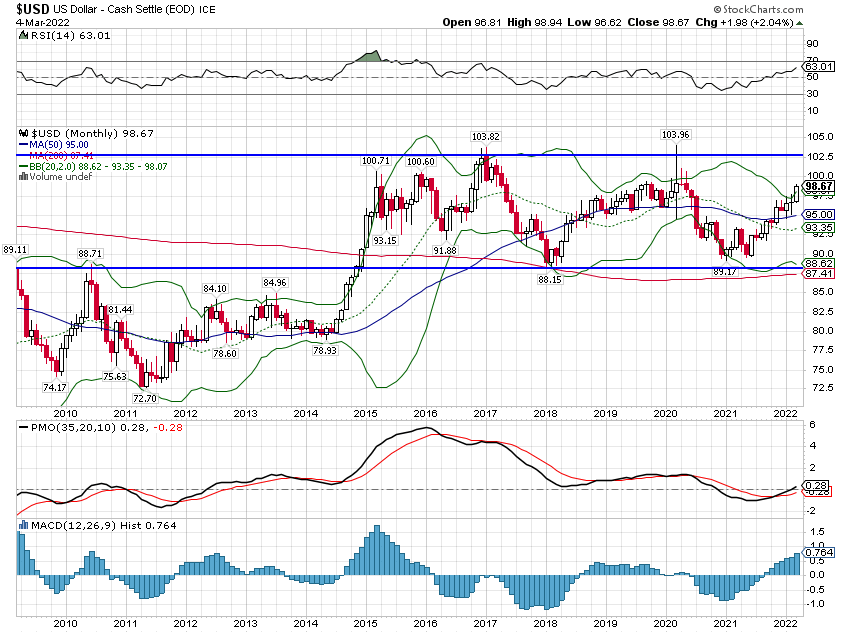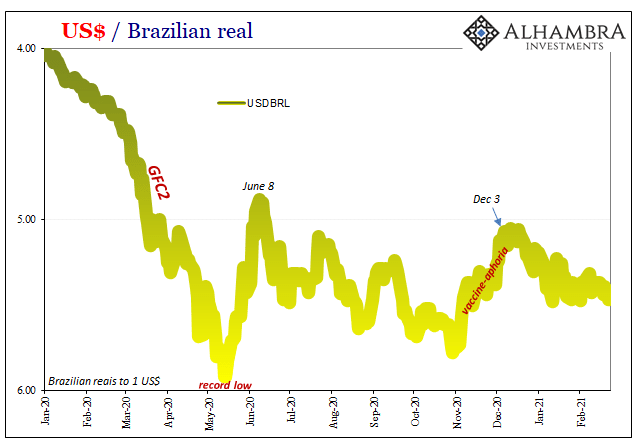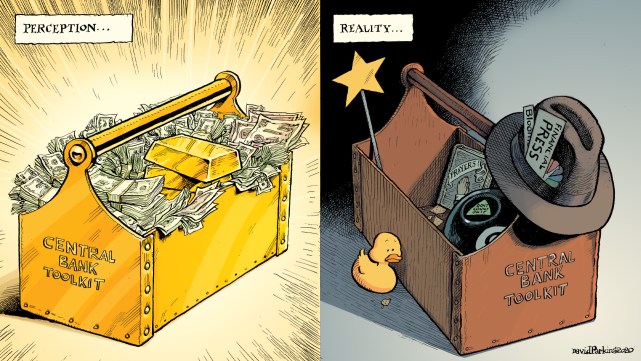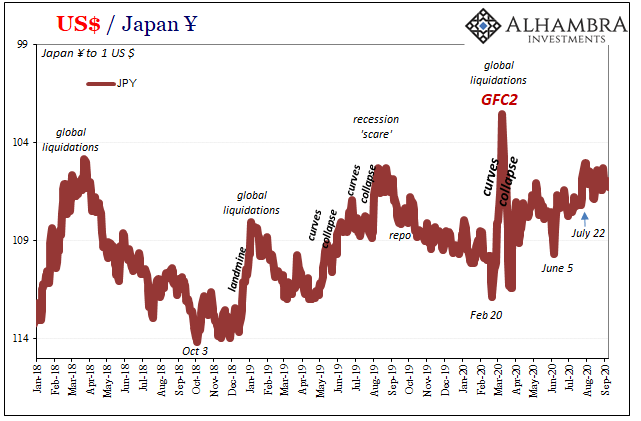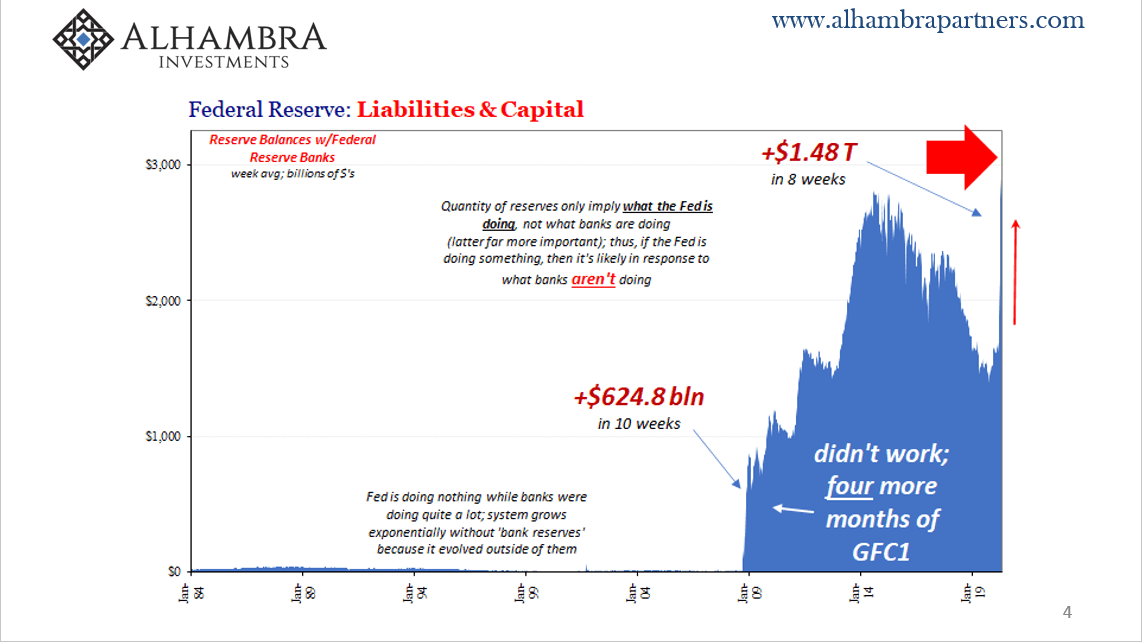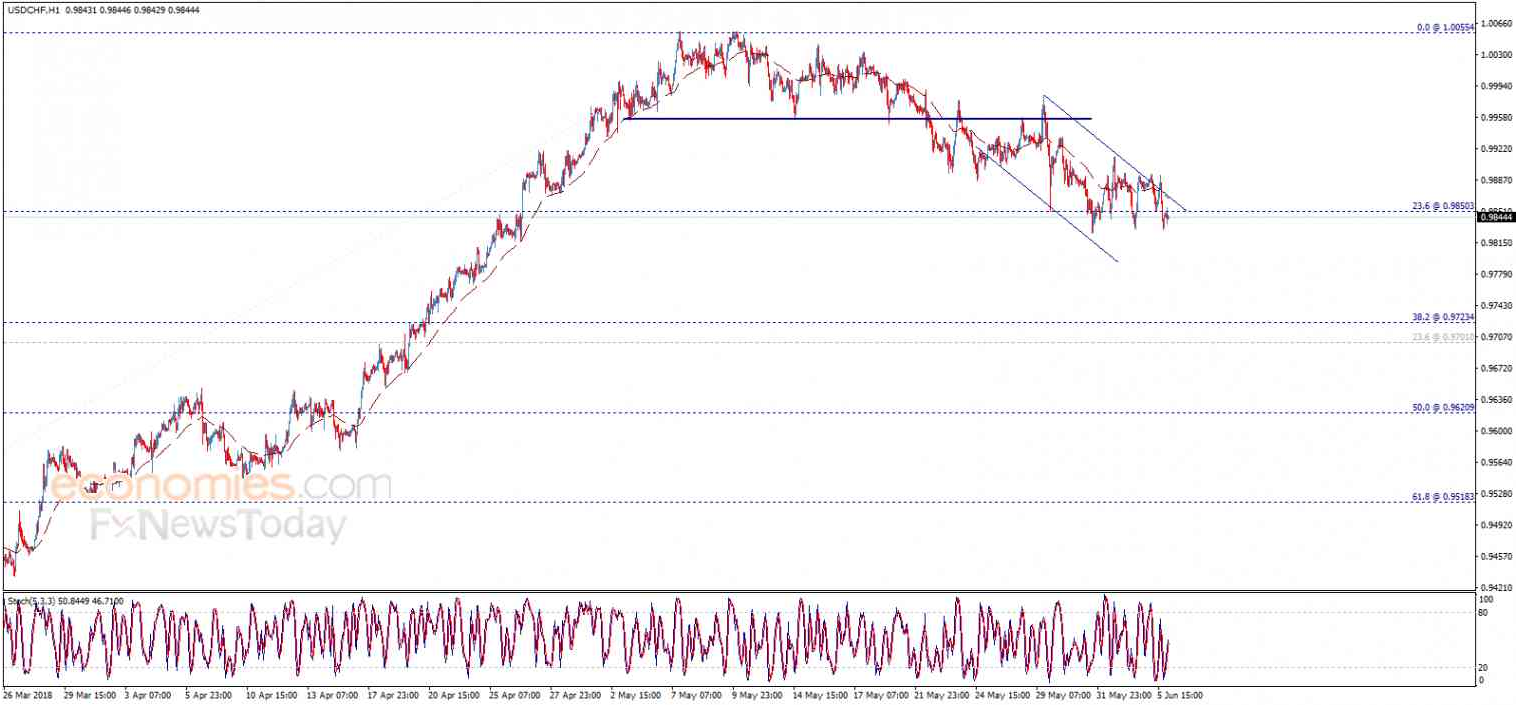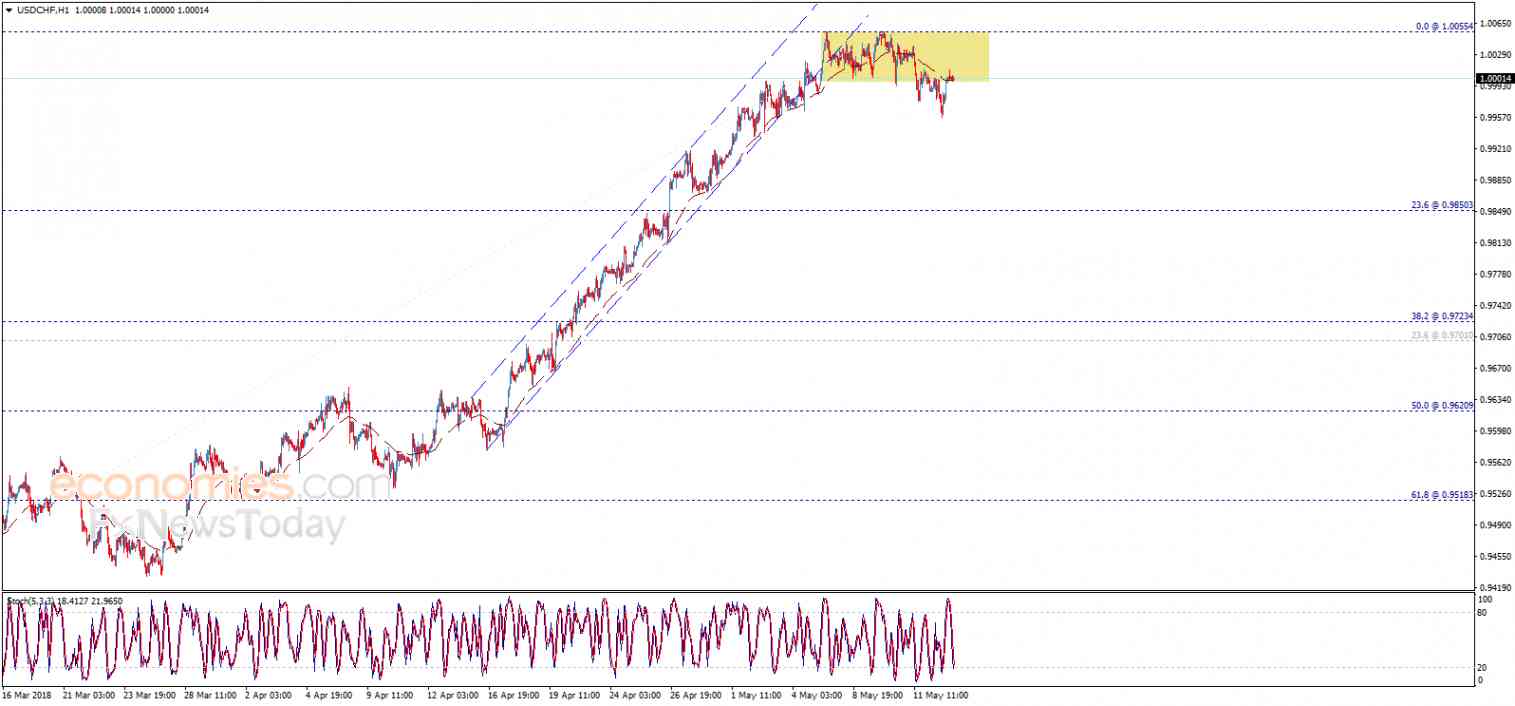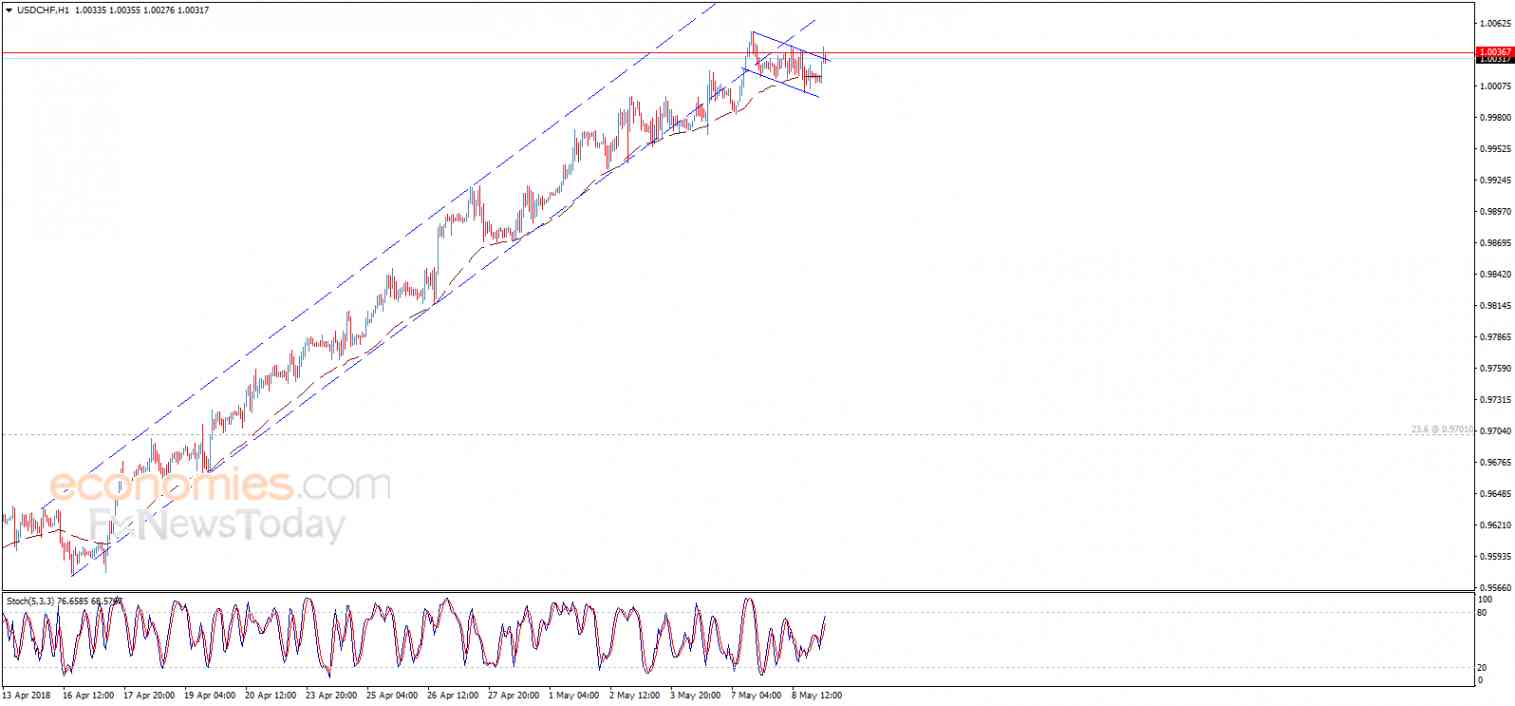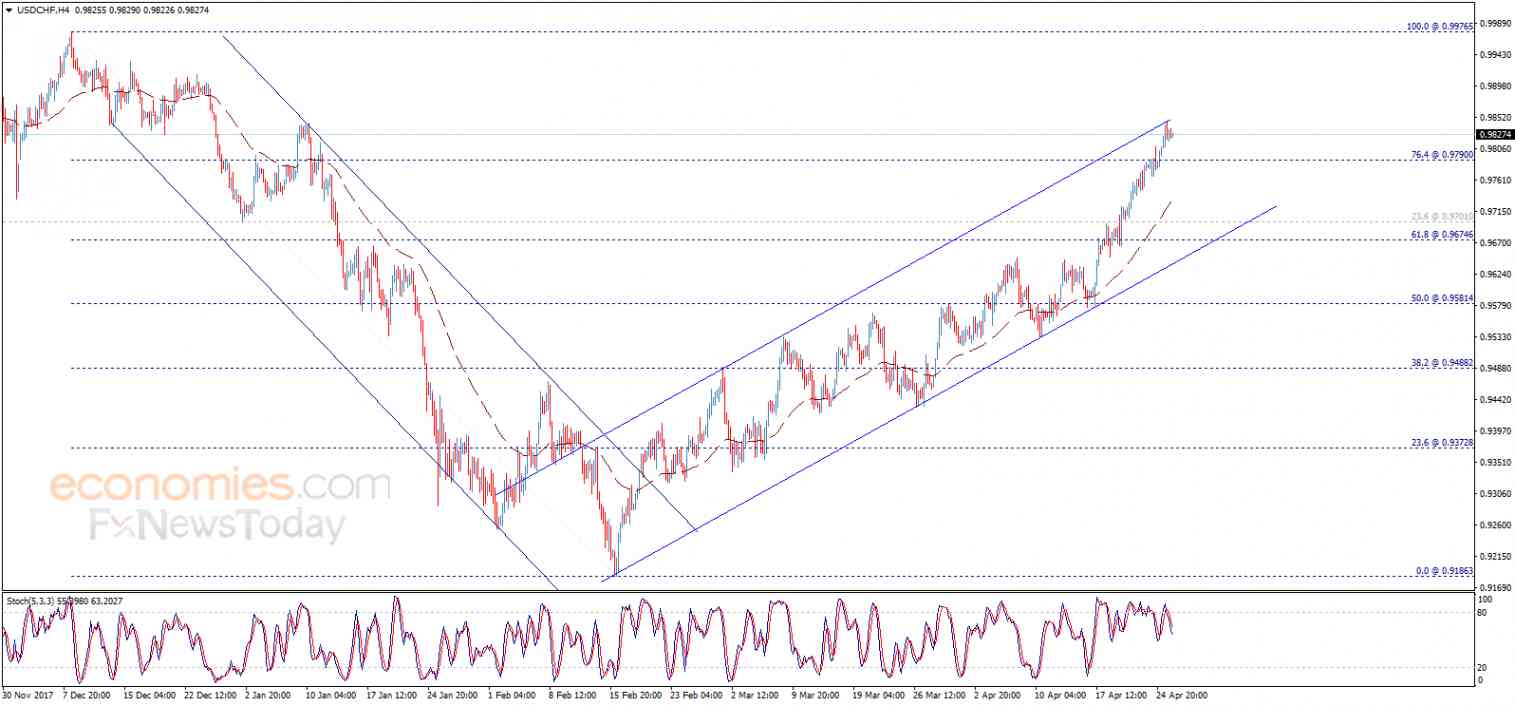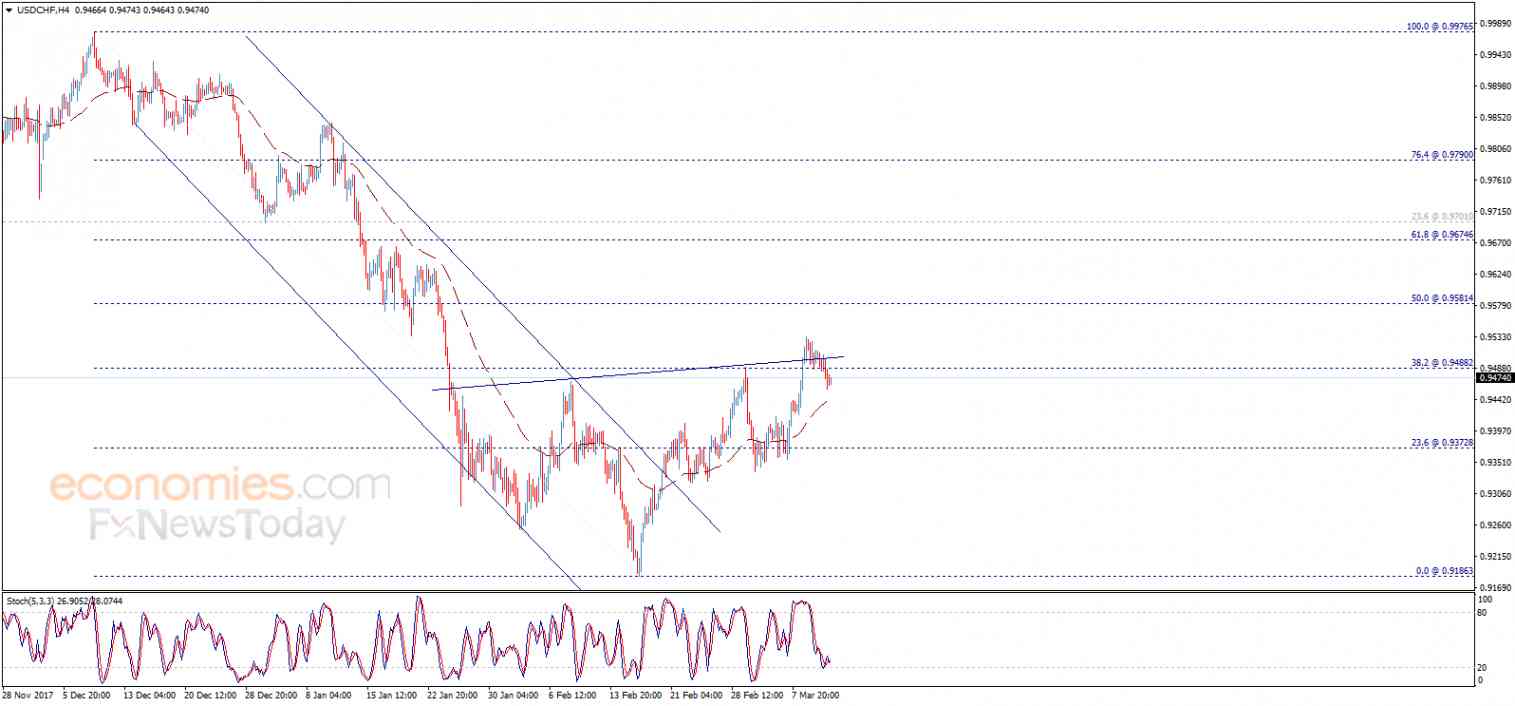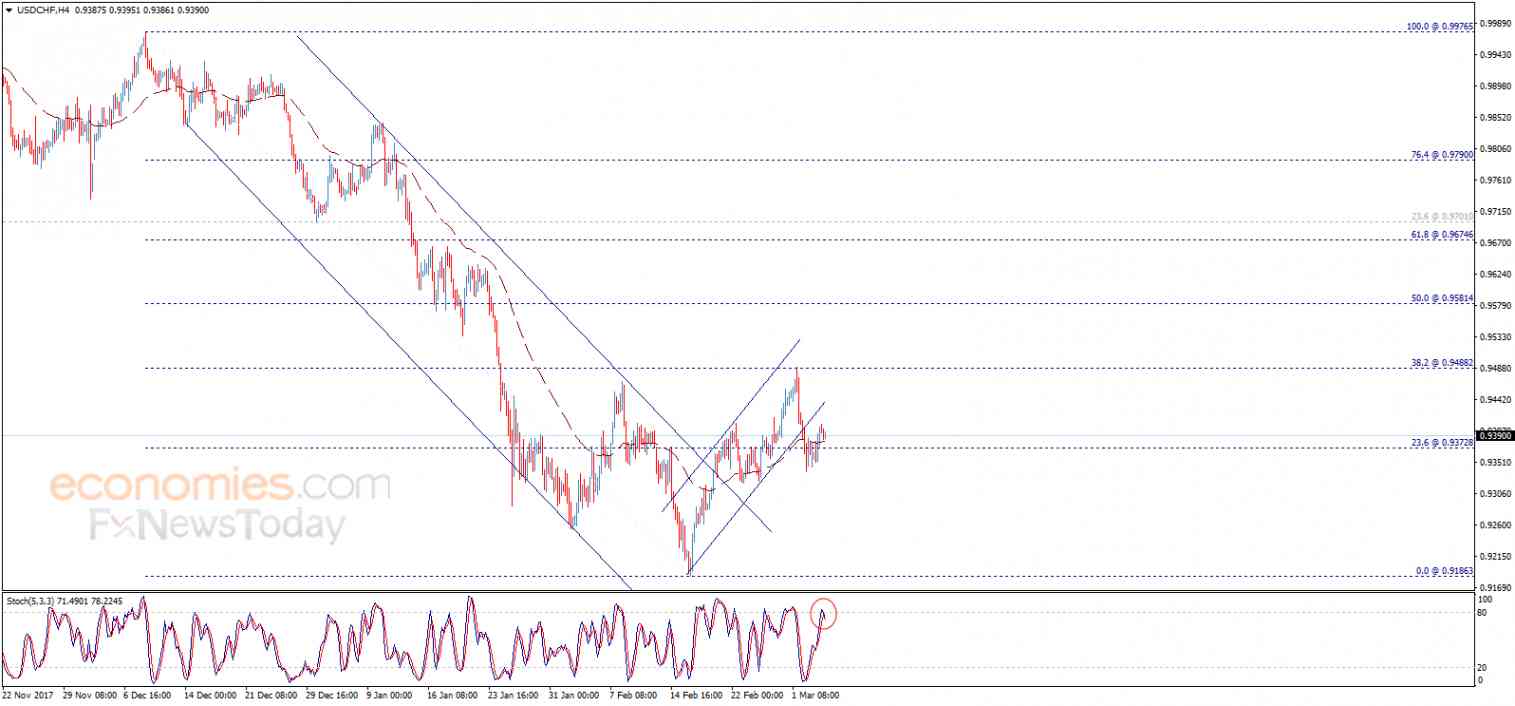Submitted by Marc Chandler, Global Head of Currency Strategy, Brown Brothers Harriman
The US dollar rose against all the major currencies in the past week. It seems clear that the greenback’s gains were not a reflection of domestic developments, though it is true that US data stands in stark contrast with nearly every other major country.
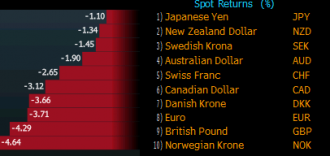
Remark G. Dorgan: February 2013 currency performance against the US dollar (source ForexLive)
Consider what has been reported in recent days. The minor contraction in Q4 GDP was revised away and replaced with a minor expansion. For sure, the US economy stagnated, but a positive stagnation is preferable to a negative one, in the same way that a little inflation is preferable to a little deflation. The larger than expected rise in the manufacturing ISM lifted this much followed indicator to its highest level since mid-2012, suggesting an encouraging resilience.
However, the sequester, which is expected to shave at least 0.5% off growth this year, according to the Congressional Budget Office, was not avoided by the politicians. It makes the assessment of the underlying economy more difficult.
Early indications suggest that the economy is weathering the end of the payroll tax holiday with little fanfare. The personal consumption expenditures rose 0.2% in January. The 6- and 12-month average is 0.3%. February auto sales were stronger than anticipated and remain near the multi-year high set late last year. They stand in stark contrast to the collapsing car sales in Europe.
Nevertheless, the main event has been the uncertainty injected by the Italian election. While even in the best of conditions, such as Berlusconi’s last landslide victory, it took several weeks to cobble together a government. The emergence of Grillo’s 5-Star Movement as the largest single political party has created an extra layer of complication. It is not clear how much control or influence he has over those that run under his banner and it unclear what it will ascent to.
Some kind of coalition or government with a fixed agenda to make way for another election still seems to be the most likely outcome. The agenda may include as few as three items–election of the next president in mid-April, electoral reform, and some sort of growth measure. This last item need not antagonize Brussels as 1) in the last days of the campaign Monti seemed to recognize the necessity; 2) Italy’s budget deficit is among the smallest in the euro area, 3) it is the only country that ran a primary budget surplus in 2012, 4) the economic contraction appears to be deeper and more protracted than expected previously.
The Italian elections had farther reaching implications because for the first time, a euro area country went to the polls and did not vote in favor of austerity. Japanese voters at the end of last year did not vote for austerity. Some might think that the Americans did not either, but the federal deficit has fallen by 3.1% in the 2009-2012 period, the largest decline over a 3-year period in a generation. And the sequester calls for another $1.2 trillion in spending cuts over the next decade.
In any event, there is a concern that the vote in Italy marks the end of the complacency latency phase induced by the ECB’s commitment to do what is necessary to preserve the monetary union. During this period, Spanish and Italian bond yields fell sharply. Deposits rose. Equity markets gained. Speculators in the futures market went net long euros for the first time in more than a year. Growth in the euro area slowed and even Germany did not escape and contracted a sharp 0.6% in Q4.
The EU seemed more open to granting at least some countries an extra year to reach the fiscal targets. Many officials seemed to be in self-congratulatory mood. Many pronounced the end of the crisis. Many thought that with euro zone taken care of, investors could turn their attention back to the QE3+ by the Federal Reserve, which they perceived to be debasing the currency by $85 bln a month (in long-term asset purchases).
The Italian election results, and the trouncing of Monti, shattered the illusion. Yields have risen. Equity markets have been hit. Speculators in the futures market have switched, and for the first time since late July 2012, they are net short euros, as you can see below.
We sketch out the short-term technical outlook, which compliments and updates the long-term technical outlook we provided last week.
Euro: The month-long slide is carrying into March. The euro broke below $1.30 for the first time since mid-December. While momentum indicators are getting stretched, there is not divergence. Our next target is near $1.2880, the 50% retracement of the gains scored after ECB’s Draghi promised to do whatever it took (within his mandate, broadly interpreted). The 200-day moving average is a bit lower, near $1.2840. A break there signals a move toward $1.2700. On the upside, the $1.3070-$1.3100 should now offer resistance.
Australian dollar: The Australian dollar fell to new multi-month lows before the weekend and finished near the lows. Bounces are seem to have become shorter and shallower over the past several weeks. The $1.2040-60 area should cap up[ticks if the downward momentum is going to be maintained. We look for a test on the $1.01 area in the days ahead.We share the following observations of the speculative positioning in the futures market.
1. The gross long position of the all the currency futures were reduced. The gross short positions were increased in all the currency futures by the Japanese yen. The largest position adjustment were in build of short euro (22.3k contracts) and Canadian dollar positions (37k contracts).
2. The position adjustment in the Canadian dollar futures has been particularly violent. As of mid-January, the net long position stood at 68.5k contract. At the end of the last reporting period, it was net short 21.4k. That this was more a function of shorts being established rather than longs being cut, it warns that some longs might be trapped and may sell into the first few corrective bounces.
3. With the switch in the most recent reporting period of the euro and Canadian dollar, now the net position is short for all the currency futures we track here except the Australian dollar and Mexican peso.
4. The net long Australian dollar position is the smallest since July. The net long Mexican peso position has fallen by 47k contracts in a little more than a month, which is larger than the net position in all the other currency futures except the Japanese yen.
| week ending Feb 26 | Commitment of Traders | |||||
| (spec position in 000’s of contracts) | ||||||
| Net | Prior | Gross Long | Change | Gross Short | Change | |
| Euro | -9.5 | 19.1 | 74.8 | -6.2 | 84.1 | 22.3 |
| Yen | -65.3 | -65.9 | 52.0 | -2.7 | 117.3 | -3.2 |
| Sterling | -36.1 | -23.4 | 31.1 | -9.5 | 67.3 | 3.2 |
| Swiss Franc | -8.2 | -0.7 | 8.2 | -2.9 | 16.4 | 4.6 |
| C$ | -21.4 | 19.4 | 42.2 | -3.9 | 63.6 | 37.0 |
| A$ | 25.7 | 44.0 | 79.1 | -8.8 | 53.4 | 9.5 |
| Mexican Peso | 105.0 | 116.0 | 120.4 | -4.2 | 15.6 | 7.1 |
Tags: Canadian Dollar,Commitments of Traders,COT,Currency Positioning,FX Positioning,Japanese yen,Marc Chandler,MXP,Net Position,Peso,Speculative Positions





















